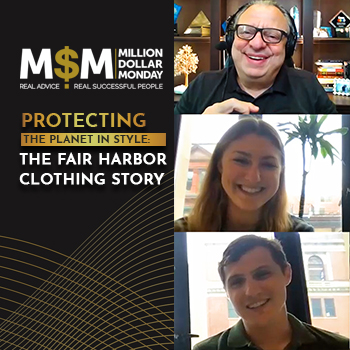You already know the difference between organic cotton and synthetic substitutes. You also know that polyester is not the scratchy, smelly material it used to be. Yet, some shoppers and apparel makers seem to be out of the loop on polyester’s advancements.
The new movement Cotton or Nothing is demanding 100 percent organic cotton in all apparel. (The “movement” is actually an advertising tactic for Cotton Inc., but it is gaining support so it is worth mentioning.) CottonorNothing.com allows visitors to join the movement, track the actions of its members, and share their experiences with synthetic shirts. The site lists the most common fabric fails as pilling, odor, fading, static cling, discomfort, shrinking, loss of shape and wrinkling. The manifesto urges consumers to check tags and “Get the scoop. Don’t get duped.” Being aware of what materials are used in apparel is important as a consumer or a reseller, but the manifesto seems to be missing an important point when championing cotton-only garments: Not all synthetic materials are created equal.
As promotional apparel distributors, you have learned to look at tags. Tags will tell you the material makeup, where the piece was made and assembled, and what care instructions users need to follow. The information listed matters, but you should not discount a shirt if “100 percent cotton” is missing. Polyester and other synthetic fibers offer moisture-wicking, anti-microbial, anti-odor and other properties, which are particularly useful for activewear and uniforms. Garments made of 100 percent cotton apparel are great, but so are pieces made from 100 percent polyester (or a mix of the two). Your client’s choice depends on the targeted market and the promotion’s goals.
Whether or not Cotton or Nothing remains a marketing strategy or becomes a real movement, the site reminds consumers and resellers of one important fact: You need to know what you are buying and selling.



